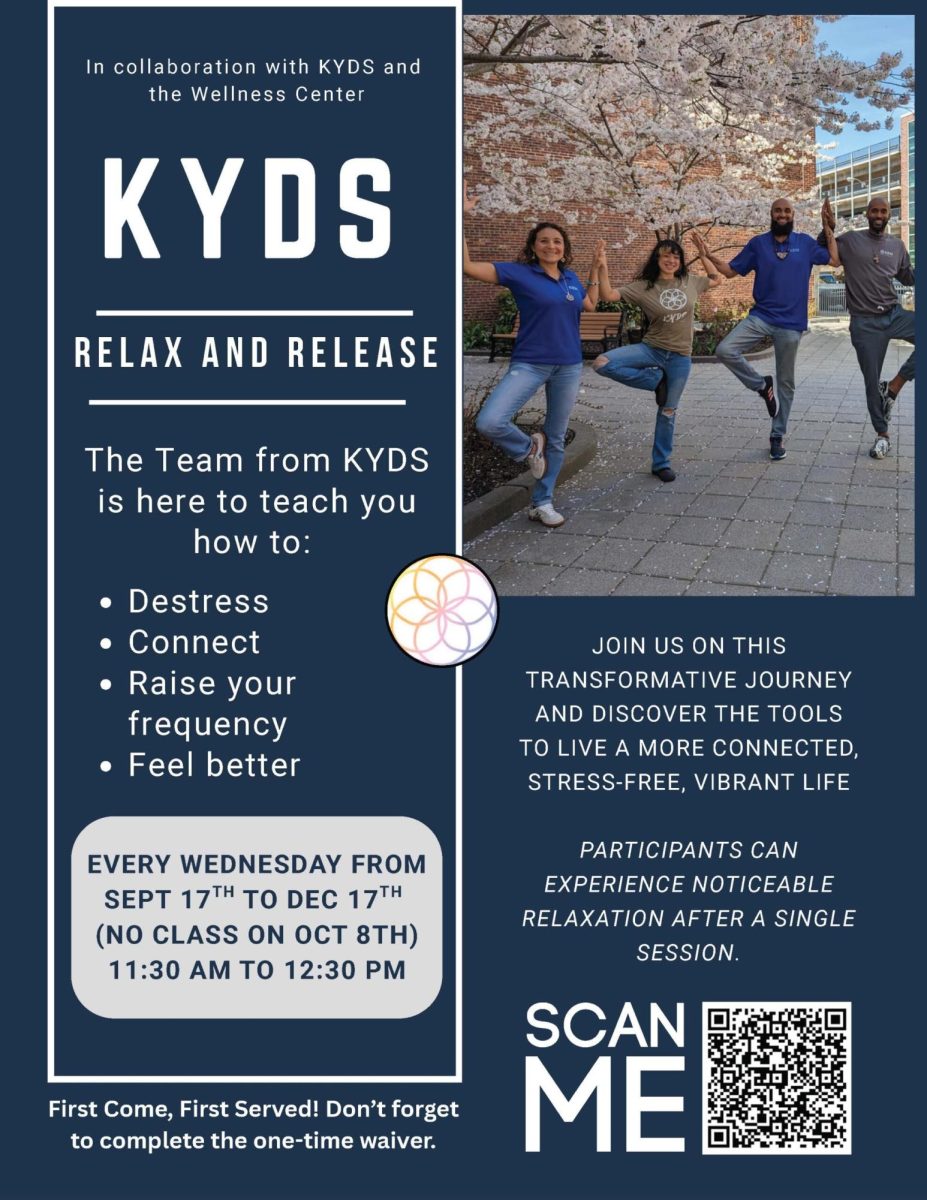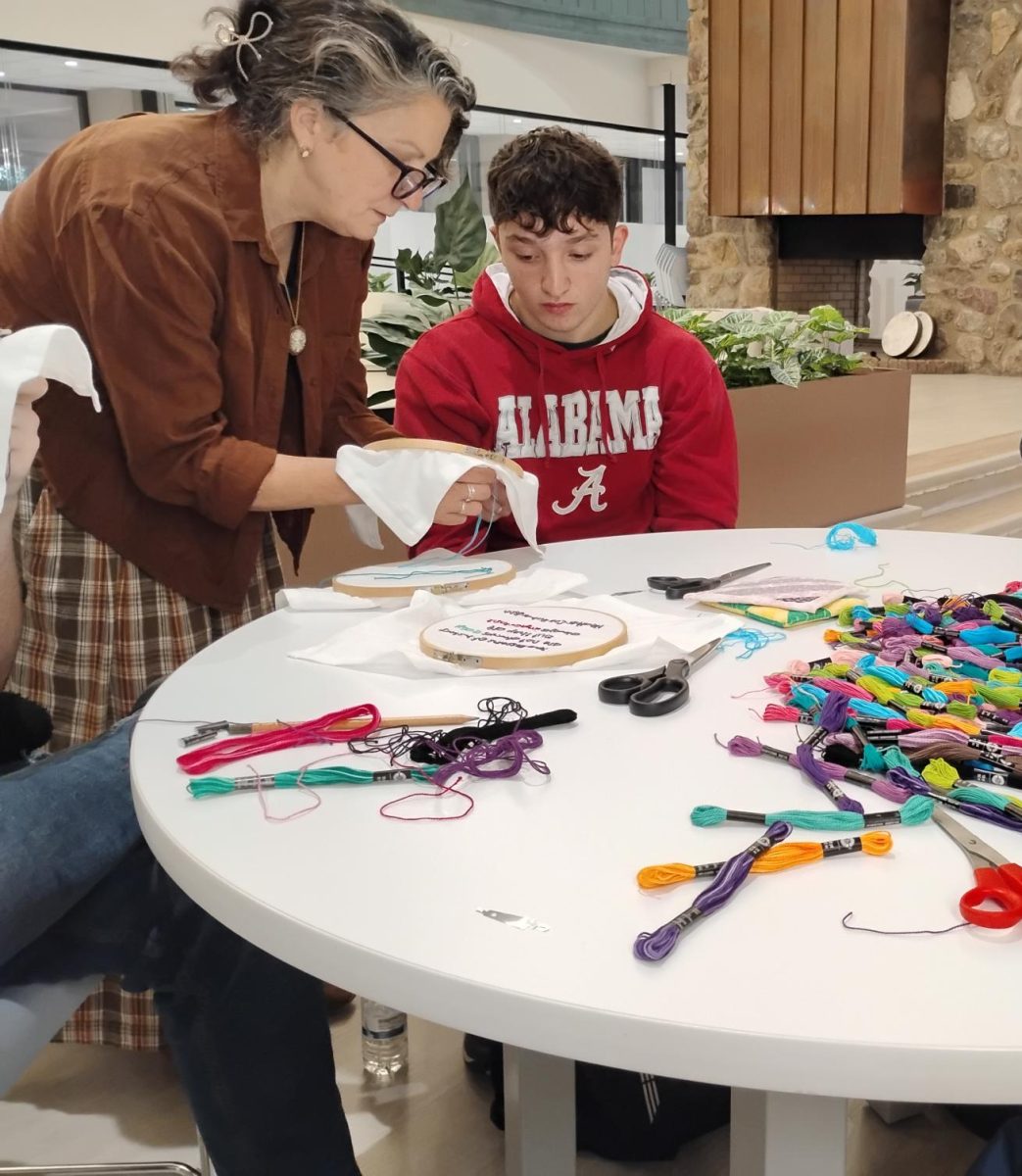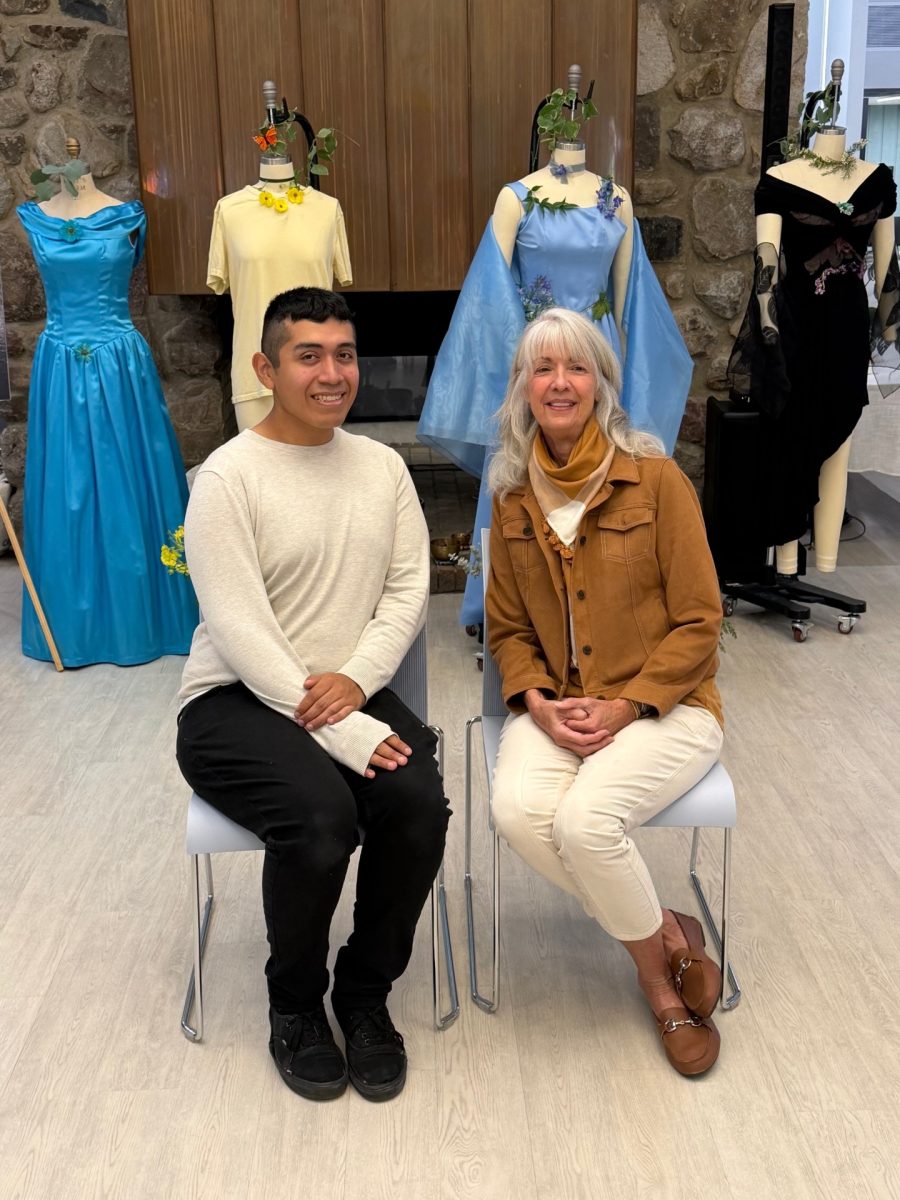College experiences around the country: Stanford Womxn’s March
Visiting college campuses can be a rewarding experience. It’s an opportunity to test the waters by meeting students, experiencing the culture first-hand and seeing what is best for your future.
Over winter break, I visited a friend who attends Stanford. The school carries a high prestige, not only in general, but also in the field that I study, computer science. So, it was a given that I felt a mixture of excitement and nervousness.
Like most colleges strive to be, Stanford gives their students the tools to make a positive difference in their life on-campus and off. During the time I stayed with my friend at her dorm, I found out they were holding the Stanford Womxn’s March the next morning.
The Women’s March is intended to be a national push toward gender equality. However, the organizers for Stanford’s march made “efforts to extend the movement to non-female identifying individuals,” according to Sean Lee from The Stanford Daily.
The march was different for me. I’ve never attended a rally or march, so I felt taken back with how loud the environment can get. However, I soon adjusted, and we took one round around the school. We started from the Main Quad, a central and big portion of the campus with statues and ended back at Meyer Green, an area outside with a grass hill, a view of their Hoover tower and now a stage for the event speakers.
There were a total of six speakers. Some recited poems about the oppression they faced as a woman. One recited Audre Lorde’s “A Litany for Survival,” which recognizes the fear we are “imprinted” with, and how rather than let it control us, we should speak against adversity and through our fears. The poem ends with “So it is better to speak- remembering- we were never meant to survive”.
In addition, there were a few speakers who raised awareness about issues in their community. Specifically, Mia Bahr, 22, one of the six speakers who spoke on educational inequity and breaking the cycle of oppression through the public education system, shared similar sentiments about the ongoing conversation that for her, the march facilitates,” wrote Lee.
The last speakers they had were of Native American descent. The first man talked about the strength of the Native American women he had around him while growing up. The other women spoke of their personal experiences through oppression as Native American women. Some topics they covered were kidnappings and abuse on their tribes.
I had not known much about Native Americans, but listening to their stories opened my eyes on another world. According to Stanford’s Native American Cultural Center’s website, the college “has over 350 undergraduate and graduate students that represent more than 50 tribes”.
Stanford speakers recognize that their college was built on the land originally inhabited by the Muwekma Ohlone Tribe. Because of their awareness of the past, they do not want those who stand on Stanford’s campus to forget, hence, they recite it to the audience. This not only keeps their roots intact, but it also brings knowledge and a sense of curiosity to discover more to those, like me, who were not aware. The Stanford Womxn’s March then closed off with a final thank you to their contributors and speakers.
Overall, seeing other’s drive for a better tomorrow inspired me to do the same in my own ways. Relinquishing your fear of speaking up and utilizing the innate gifts you have are what influences others to do the same. Visiting college campuses can be a rewarding experience. Especially, in America, where there is always room for progress; but, continues to be a place where we can speak up to the best of our abilities.


























